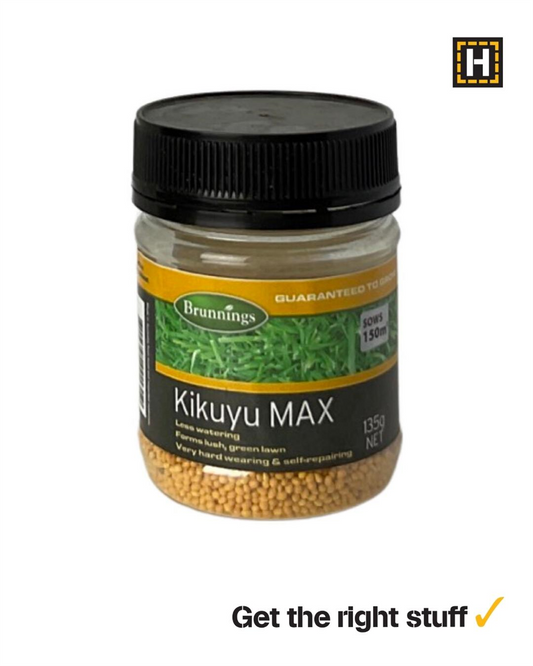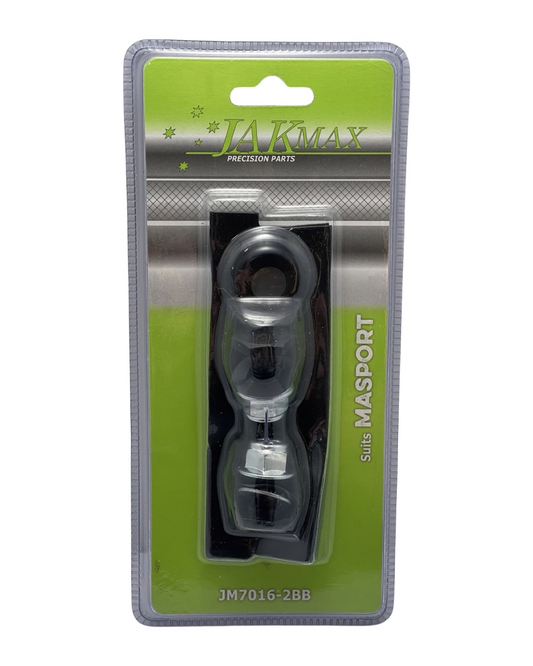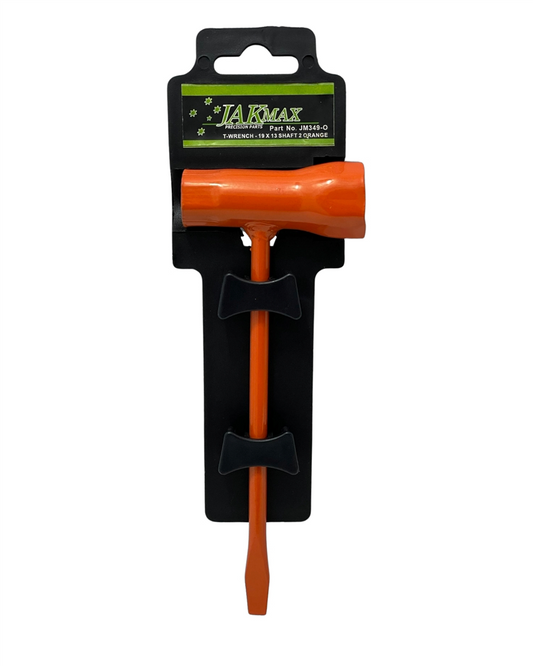Brunnings said ‘easy to grow’—but nobody warned me leafy greens had trust issues
Share
Lettuce Be Honest: What They Don’t Tell You About Growing Greens
You're not bad at gardening — leafy greens are just sneakier than they look
I thought growing lettuce would be easy — like the low-maintenance friend in the veggie patch. Toss in some seeds, splash a bit of water, and boom, salad. But spoiler alert: my first attempt ended in limp leaves, slug infestations, and one mysterious disappearance (looking at you, neighbourhood possum).
Now, I know better. And if you’re eyeing those tiny green seedlings at the garden centre thinking they’ll practically grow themselves: keep reading. This post might save your weekend, your wallet... and your lunch.
The rookie mistake? Planting like it’s spring when the soil says otherwise
Leafy greens like lettuce, spinach, and rocket have strong opinions about the weather. Too hot? They bolt into flower. Too cold and wet? Slugs show up like they own the place.
"The biggest secret to success isn't water or fertiliser — it's timing. Plant two weeks too early and you may as well be feeding the snails." – Candeece, Local Gardening Advisor
Once I started listening to the soil (not the calendar), things changed. I learned to:
- Check planting times for cooler seasons — autumn and early spring are prime for leafy greens in South Australia
- Use a thermometer or poke a finger into the soil — if it’s cold and soggy, wait a bit longer
- Watch for the change in daylight hours — greens need good light, but not scorching sun
Why ‘just water and wait’ doesn’t work — and what actually does
Most guides told me leafy greens are “easy” crops. But those guides didn’t live in our local clay-heavy soils or compete with slaters and slugs the size of small mice.
I learned quickly that local conditions override TikTok advice. The fix? Layering in a few simple supports to get the balance right from day one:
- Raised garden beds: help with drainage and keep slugs at bay
- Good soil mixes: leaf veg thrive in loose, nutrient-rich, well-drained blends — not compacted backyard dirt
- Mulching lightly: keeps roots cool, moisture in, and weeds out (sugarcane mulch is a winner here)
The emotional rollercoaster of forgetting to thin your seedlings
One moment I’m bursting with joy over my bursting-with-life planter box, the next I’m watching a forest of tangled leaves wilt from root congestion.
Thinning feels brutal. But trust me: it’s the garden version of editing a photo. If you don’t take a few out, none of them shine.
Every time I resisted thinning, I ended up with stunted greens fighting for water, food, and space. So now:
- I sow in rows — not scatter style — so thinning’s easier
- I keep about 15–20 cm between lettuce, less for rocket
- I eat the extras as microgreens instead of chucking them
Slugs, snails, and possums: the not-so-cute garden guests
Nothing prepares you for the heartbreak of waking up to a bare garden bed when you went to sleep dreaming of Caesar salad.
Here’s the no-fuss protection plan I wish I’d started with:
- Slug & snail traps: A shallow dish of beer or iron-based pellets do the job — safely and effectively
- Coffee grounds or crushed egg shells: Confuse or irritate soft-bellied pests (bonus: compost-friendly)
- Netting: An upfront effort that pays off threefold if you’ve got larger visitors like possums or birds
You don’t need to go full fortress mode — just think like a hungry critter and block their runway.
Live by this: harvest early, harvest often
The first time I waited to pick until “it looked big enough,” my lettuce leaves tasted like green carpet. Bitter, fibrous, and disappointing.
But the moment I began cutting a few leaves here and there as they grew — oh boy. Game changer.
"Lettuce isn’t like a pumpkin — it doesn't need to fully ripen. Cut and come again harvesting keeps your greens sweet and your garden productive." – Candeece
This one shift gave me 3x the harvest over 4 weeks and shifted my thinking from "one big harvest" to ongoing pleasure (and kitchen bragging rights).
Looking back, the garden wasn’t the problem. It was how I started it
I thought I needed experience. Or fancy gear. Or a second green thumb. But what I actually needed was simple local insight and a bit of gentle truth — like the kind you'd hear over the back fence from someone who’s been there… leaf wilt and all.
Here’s the thing no one posts in their glossy garden pics: learning what doesn’t work is part of what makes it bloom later. And if you set yourself up with local timing, simple tools, and soft expectations, your leafy greens can go from frail to flourishing — without the burnout.
So go ahead, plant the seeds. Get dirt under your nails. Overwater once or twice. Then, breathe. Because a good garden doesn’t grow out of perfection — it grows out of patience.
Happy growing,
Candeece
 Stay Connected
Stay Connected
Join our gardening community on Facebook: Urban Gardener's Notebook
And follow our Store Facebook Page: Strathalbyn H Hardware on Facebook









